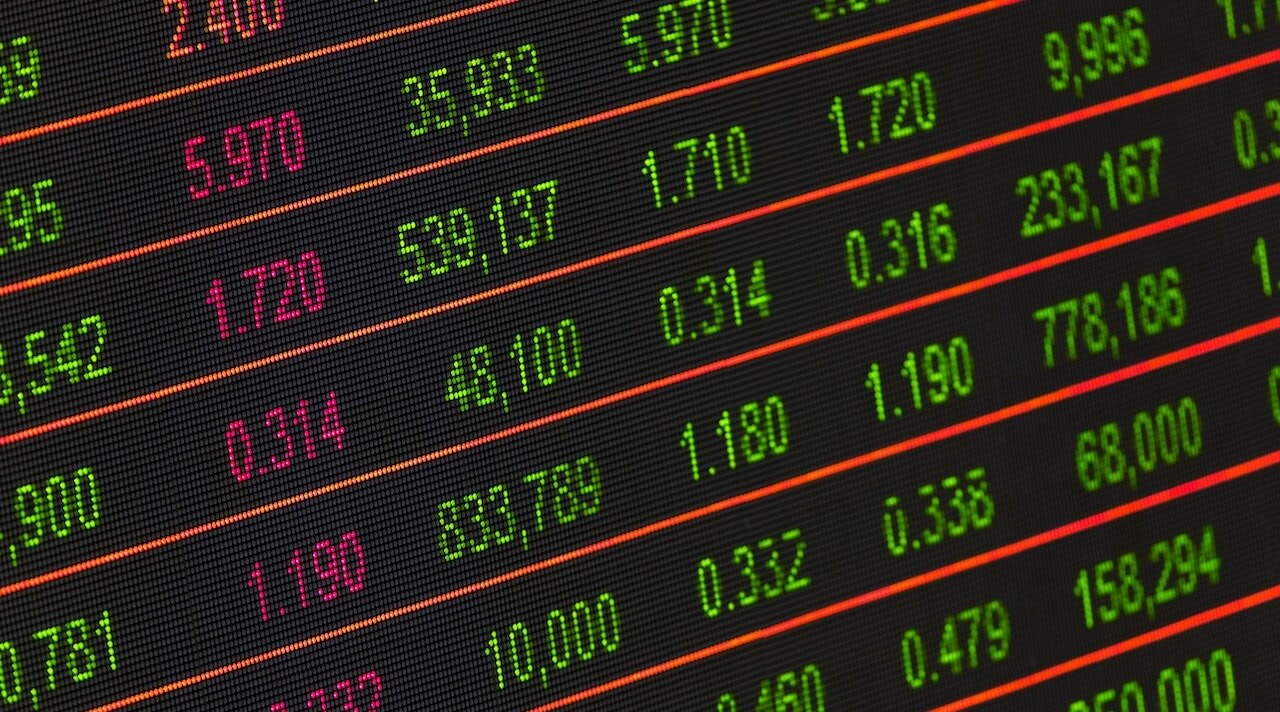The foreign exchange market is the backbone of international trade and commerce, facilitating the exchange of currencies across borders. Understanding how foreign exchange rates are determined is essential for anyone looking to engage in international business, investment or travel.
In this blog, we will dive into the intricacies of the foreign currency exchange market, exploring the factors that influence it and the mechanisms by which exchange rates are determined. We will discuss the various economic, political and social factors that impact the foreign exchange market and analyze how they affect exchange rates.
Whether you’re a business owner, investor, or simply interested in the workings of the global economy, this blog will provide valuable insights into the world of foreign exchange rates.
Looking for business exchange services in Windsor? Look no further than CanAm!
Understanding the International Currency Exchange Market
In general, the exchange rate of foreign currencies can be classified into two main categories: flexible, which is also referred to as a floating exchange rate, and fixed, which is also known as a pegged foreign exchange rate.
Flexible Foreign Exchange Rate
Foreign exchange rates are constantly in flux due to the 24/5 activity of the foreign exchange markets. This is because the exchange rate of a particular currency on the international currency markets is determined by the interplay of supply and demand. Similar to any other market, an increase in demand results in an increase in prices, while low demand leads to a decrease in prices.
In a flexible foreign exchange system, the currency exchange rate is primarily influenced by market forces, and intervention by politicians, bureaucrats, and bankers is generally avoided. However, they may still employ specific policies and practices to shape the rate of exchange over the long term.
Fixed Foreign Exchange Rate
In order to ensure price stability for imports and exports, and to maintain control over inflation, some countries opt to utilize fixed exchange rates. This involves fixing the value of the local currency relative to a major world currency.
The most commonly used country’s currency for this purpose is the U.S. dollar (USD), which enables central bankers to maintain a desired range for their country’s exchange rates. By buying or selling their USD reserves in exchange for local currency, these countries are able to influence the value of their currency in response to market conditions.
Hybrid Exchange Models
Fixed and floating exchange rates represent two extremes of the foreign exchange market spectrum, and in reality, most systems fall somewhere in between. Governments continually evaluate and reassess their exchange rate systems, with changes in economic priorities and policies often resulting from changes in government leadership.
In a floating exchange rate system, governments have a range of options for influencing exchange rates, while those with fixed exchange rate systems can employ a floating peg as a means of protecting against inflation, among other things.
What Factors Affect the Foreign Currency Exchange Market?
The fluctuations in foreign exchange rates can be influenced by a variety of factors, including economic and geopolitical developments. However, analysts typically pay close attention to economic fundamentals, such as unemployment rates, inflation rates, gross domestic product performance, and interest rates.
In addition to these factors, the perceived stability of a country’s government also has a significant impact on the value of its currency. A lack of stability within a government is often associated with a decline in the value of its currency.
The value of a particular foreign currency in foreign exchange markets is influenced not only by supply and demand but also by market sentiment. The impact of speculation and rumors on the market cannot be overlooked, as they have the potential to cause significant spikes or drops in demand.
In a floating foreign exchange system, central banks may intervene to control prices if market movements become too volatile. This can involve the implementation of measures to stabilize the market and ensure that prices remain within an acceptable range.
Economic Factors That Affect Exchange Rates
Like other markets, the foreign exchange market is also reliant on economic indicators, which serve as a foundation for investors to understand various market dynamics.
Interest Rate
When a central bank sets a high interest rate, investment flows in seeking higher returns, resulting in increased demand for that currency and ultimately driving up its value.
Money Supply & Inflation
Central bankers are faced with the challenging task of managing inflation, which is partly achieved by controlling the money supply. Excessive money supply can drive up the prices of goods and services due to increased competition among consumers, resulting in inflation. Ultimately, an oversupply of currency can lead to reduced demand and a decrease in its value.
Economic Growth
Investors are drawn to stability and growth, which is why countries with robust economic growth and a stable business environment tend to have an attractive domestic currency. High demand for these currencies ultimately leads to higher prices.
Understanding Exchange Rates

While the exchange rate does determine how much of a currency can be exchanged for another, other variables can impact the exchange rate, making it difficult to obtain the best value.
The foreign exchange market operates all week, resulting in continuous fluctuations in currency prices, but the rate that an individual receives when exchanging currency pairs is not necessarily the market price of the currency.
Reading a Foreign Exchange Rate
To understand how currency pair prices work, let us consider an example.
Suppose a consumer wants to exchange U.S dollars (USD) for Canadian dollars (CAD) and finds a listing of 1.21. This means that it would cost the consumer 1.21 CAD for every 1 USD. In currency pairs, the first currency indicates a single unit of currency (e.g., $1 CAD), while the second currency indicates how much of the second currency would be needed to purchase one unit of the first currency.
Using this example, we can compute that 1/1.21 = 0.8264, which means that it would cost $0.826 USD to purchase $1 CAD.
Conversion in Practice
Banking institutions usually don’t offer the same exchange rate as the market rate to individuals who wish to exchange currency. In exchange for their services, they charge a markup, resulting in a higher exchange rate than the market rate.
Taking the earlier example, if the USD/CAD market rate is 1.21, a bank may offer an exchange rate of 1.25 and keep the difference as their profit.
CanAm – Competitive Currency Exchange Rates Made Easy
The foreign exchange market can be complicated, but understanding the basics of exchange rates and currency pairs is important to get the best value for your money. Various economic and geopolitical events can affect currency prices, but economic indicators and market sentiment are the most crucial factors. Central bankers use interest rates and money supply to manage inflation and stabilize their currency’s value. Meanwhile, investors prefer currencies from countries with stable economic growth and business environments.
It’s important to note that the rate an individual gets at a bank might not be the same as the market price due to the markup charged for the exchange service.
If you want to access the most competitive currency exchange rates on the market, visit CanAm’s currency exchange in Windsor. Our team provides professional and efficient service to help you get the best value for your money.




